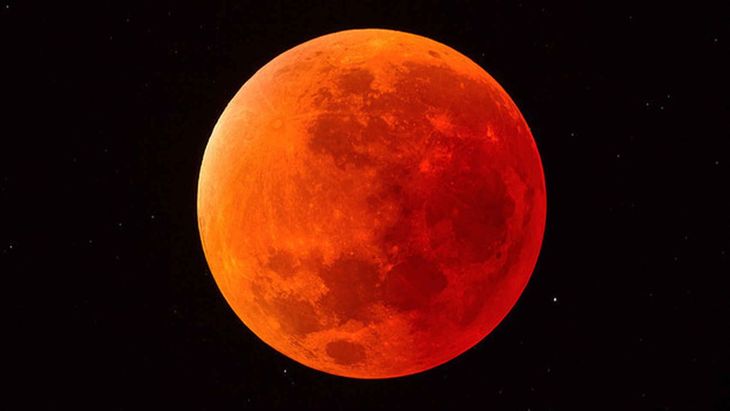This phenomenon will be visible for several hours in almost all parts of the world. Unlike other eclipses, this time it will not be necessary to use protective equipment to observe it.
On Tuesday 17th and Wednesday 18th September there will be a partial lunar eclipsewhich can be seen from Argentina and it has the particularity of having a much longer time span than usual, so it will be an astrological phenomenon that can be enjoyed for a longer time.
The content you want to access is exclusive for subscribers.
Lunar eclipses usually last up to an hour, but on this occasion it can be seen for more than four hours in the sky. In Argentina It will be observed from Tuesday night, where its peak point It will be given around 23:44.


This is the second phenomenon of this style to occur in 2024. The partial lunar eclipse occurs when the Land is located between the Sun and the full moonbut it is not completely aligned, so the location fails to cover entirely to the natural satellite.
Lunar eclipse.jpg

For added enjoyment, this event can be enjoyed and observed without the need to have elements of protectionas it usually happens in most other eclipses. In addition, the eclipse will give the Moon a reddish orange color.
When is the partial lunar eclipse?
While astronomers indicated that the eclipse will have a duration of four hoursits peak is reduced to a single hour approximately. The next Tuesday 17th Around 11:44 p.m. local time, the sun will begin to be observed. first movementsand the final part could extend until the early hours of the 18th.
Where can it be seen?
On this occasion, the full moon will coincide with this astrological phenomenon, which will last more than four hours and will be visible in most of the world in different intensities. On this occasion, it will be seen from the Eastern America, Europe and Africa.
During the course of the event, what can be observed will be how a part of the natural satellite orbiting around the Land becomes darker as time passes. Unlike the total eclipse in which the Moon completely covers the Sun for a moment, in the partialthe Moon only manages to cover a part of the Sun.
What astronomical phenomena remain to be seen in 2024?
- September 22: equinox
- October 2: Annular Solar Eclipse
- October 8-9: Draconid meteor shower
- October 20-21: Orionid meteor shower
- November 17-18: Leonid meteor shower
- December 13, 14, and 15: Geminid meteor shower
- December 21: Summer Solstice
Source: Ambito
I am Pierce Boyd, a driven and ambitious professional working in the news industry. I have been writing for 24 Hours Worlds for over five years, specializing in sports section coverage. During my tenure at the publication, I have built an impressive portfolio of articles that has earned me a reputation as an experienced journalist and content creator.




